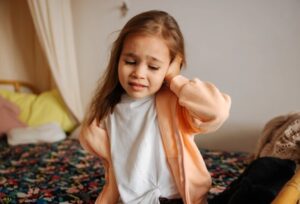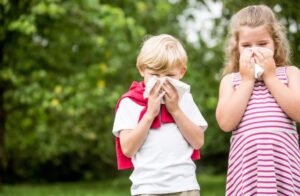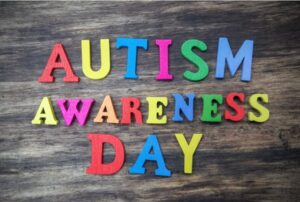As a parent, witnessing my child suddenly wake up terrified or wander around in their sleep can be both heartbreaking and confusing. Many parents may confuse these two phenomena, but night terrors and sleepwalking, while seemingly similar, are actually two distinct sleep disorders. Today, I want to discuss the differences between them and share some of my experiences in dealing with these situations.
What Are Night Terrors?
Night terrors usually occur 1-2 hours after a child falls asleep. The child may suddenly sit up, eyes wide open, but they are not fully awake. During this time, they might appear extremely frightened, sometimes screaming or crying. Although it looks alarming, most children do not remember what happened afterward.
Studies show that about 10%-30% of children experience night terrors at some point. This condition often diminishes as children grow, typically disappearing by adolescence.
What Is Sleepwalking?
Sleepwalking, also known as somnambulism, refers to children performing activities while in a sleep state, such as walking around, eating, or even engaging in daily activities. Sleepwalking typically occurs during deep sleep, not in the light sleep phase like night terrors. When a child sleepwalks, their eyes are usually open, but they are not aware of their actions.
Key Differences Between Night Terrors and Sleepwalking
- State of Awareness:
- Night Terrors: Children experiencing night terrors are not fully awake and often display signs of panic without clear awareness.
- Sleepwalking: Sleepwalkers have their eyes open but are in a semi-awake state, capable of performing complex actions.
- Timing:
- Night Terrors: Typically occur within the first 1-2 hours after falling asleep.
- Sleepwalking: Usually occurs during deep sleep, often several hours after falling asleep.
- Consequences:
- Night Terrors: Children typically do not remember what happened afterward.
- Sleepwalking: Similarly, sleepwalkers usually have no memory of their actions, but if they engage in dangerous activities (like leaving the house), it can pose safety risks.
How to Respond to Night Terrors
When I notice my child experiencing night terrors at night, here are some approaches I usually take:
- Stay Calm: Night terrors can be alarming, but I find that remaining calm is crucial. I quietly approach my child to ensure they are safe.
- Do Not Wake Them Up: I usually don’t try to wake them, as this can increase their panic. Instead, I gently reassure them that everything is okay.
- Create a Comfortable Environment: I ensure that my child’s room is quiet, dark, and at a comfortable temperature to help them sleep better.
How to Respond to Sleepwalking
For sleepwalking, I also have some strategies:
- Ensure Safety: I check my child’s room before they go to sleep to remove any potential hazards, like sharp toys.
- Gently Guide Them: If I find my child sleepwalking, I gently guide them back to bed rather than trying to wake them up.
- Keep a Regular Watch: I keep track of how often my child sleepwalks and at what times, so I can consult a doctor if needed.
Conclusion
Understanding the differences between night terrors and sleepwalking is very important for me as a parent. This knowledge not only helps me better manage these situations but also gives me peace of mind. While both phenomena can be confusing, they typically diminish as children grow. If you have similar concerns, it’s worthwhile to learn more and communicate with your doctor to ensure your child’s safety and health.
References
- American Academy of Pediatrics (AAP)
- National Sleep Foundation













